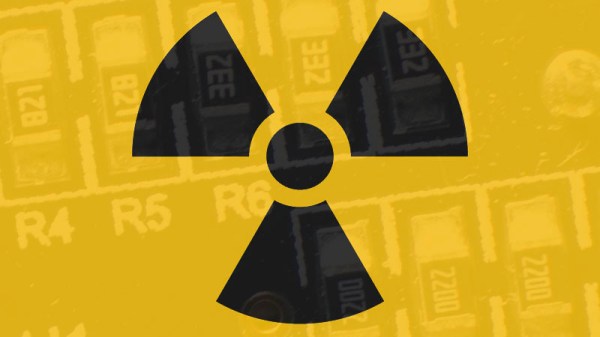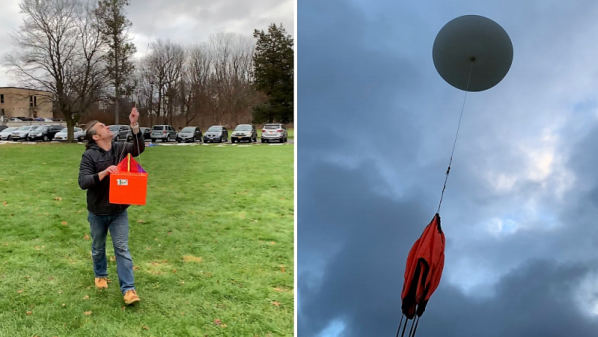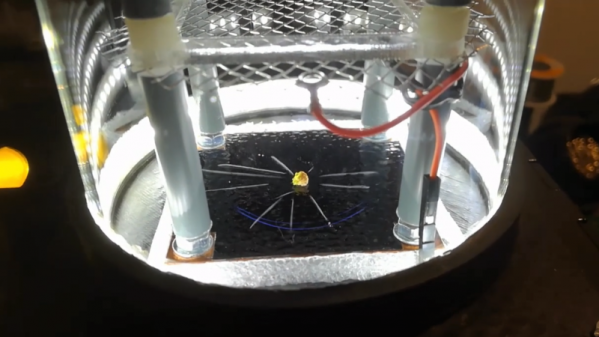Radioactivity stirs up a lot of anxiety, partially because ionizing radiation is undetectable by any of the senses we were born with. Anytime radiation makes the news, there is a surge of people worried about their exposure levels and a lack of quick and accurate answers. Doctors are flooded with calls, detection devices become scarce, and fraudsters swoop in to make a quick buck. Recognizing the need for a better way, researchers are devising methods to measure cumulative exposure experienced by commodity surface mount resistors.
Cumulative exposure is typically tracked by wearing a dosimeter a.k.a. “radiation badge”. It is standard operating procedure for people working with nuclear material to wear them. But in the aftermath of what researchers euphemistically call “a nuclear event” there will be an urgent need to determine exposure for a large number of people who were not wearing dosimeters. Fortunately, many people today do wear personal electronics full of components made with high purity ingredients to tightly controlled tolerances. The resistor is the simplest and most common part, and we can hack a dosimeter with them.
Lab experiments established that SMD resistors will reveal their history of radiation exposure under high heat. Not to the accuracy of established dosimetry techniques, but more than good enough to differentiate people who need immediate medical attention from those who need to be monitored and, hopefully, reassure people in neither of those categories. Today’s technique is a destructive test as it requires removing resistors from the device and heating them well above their maximum temperature, but research is still ongoing in this field of knowledge we hope we’ll never need.
If you prefer to read about SMD resistor hacks with less doomsday, we recently covered their use as a 3D printer’s Z-axis touch sensor. Those who want to stay on the topic can review detection hacks like using a single diode as a Geiger counter and the IoT dosimeter submitted for the 2017 Hackaday Prize. Or we can choose to focus on the bright side of radioactivity with the good things made possible by controlled artificial radioactivity, pioneered by Irène Joliot-Curie.
[via Science News]



















